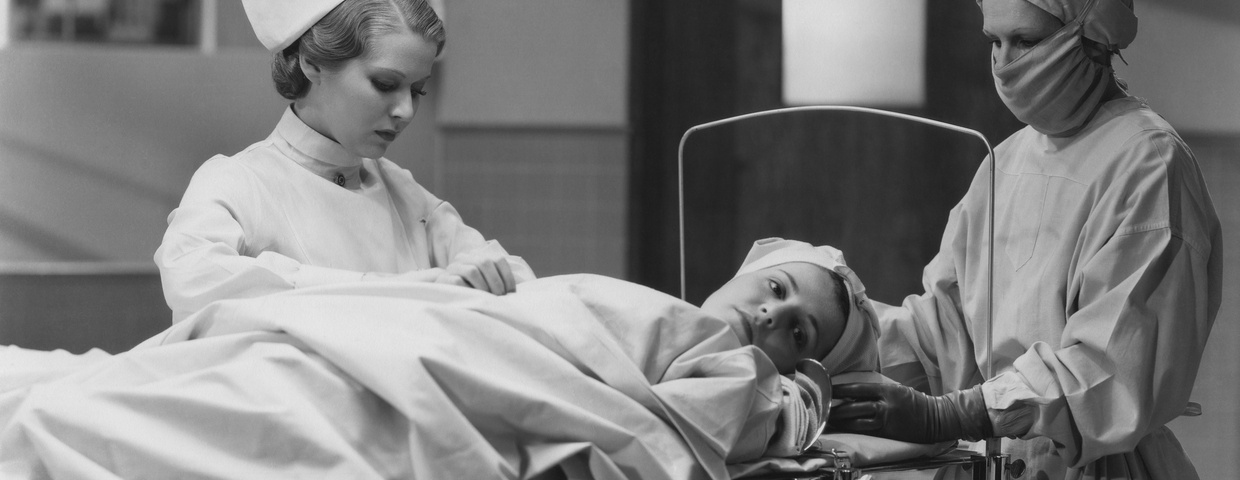The Do’s and Don’ts of Preventing Sternal Dehiscence
Recovering from surgery requires care and consideration. In the case of open heart surgery, the sternal bone is cracked to access the heart and then sewn together with wires. Such a sternal wound has a few post-surgery consequences. One such complication is sternal dehiscence or the reopening of the sternal wound. Here are the do’s and don’ts of preventing sternal dehiscence.
What to Avoid Post-Surgery
It’s important to remember that it takes time to ease back into everyday activities. Refrain from returning to regular exercise routines if they include strenuous movement. Lifting heavy weights can cause excessive tension on wound openings. Holding back from asking for help can also negatively impact your recovery. Enlist the help of one dependable family member or friend in the first week or two. Preventing the sternal wound from opening should be your primary priority and will benefit from outside help.








